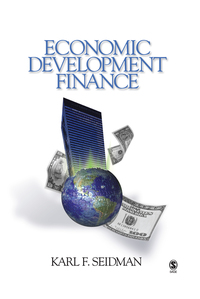
HINT: For P9-3 (b), prepare a depreciation schedule for each method. P9-3A Mazlin Limited purchased a machine on account on April 2, 2018, at an invoice price of $360,000. On April 4, it paid $2,000 for delivery of the machine. A one-year, $4,000 insurance policy on the machine was purchased on April 5. On April 18, Mazlin paid $8,000 for installation and testing of the machine. The machine was ready for use on April 30. Mazlin estimates the machine's useful life will be five years or 6,200 units with a residual value of $80,000. Assume the machine produces the following numbers of units each year: 940 units in 2018; 1,460 units in 2019; 1,400 units in 2020; 1,300 units in 2021, and 1,100 units in 2022. Mazlin has a December 31 year end. Instructions (a) Determine the cost of the machine. (b) Calculate the annual depreciation and total depreciation over the asset's life using (1) the straight-line method, (2) the double- diminishing-balance method, and (3) the units-of-production method. Round the depreciation cost per unit to the nearest cent. Which method causes net income to be lower in the early years of the asset's life? (c) Assume instead that, when Mazlin purchased the machine, there was no residual value and the company had a legal obligation to ensure that the machine would be recycled at the end of its useful life. The cost of the recycling will be significant. Would this have an impact on the answer to part (a) above? Explain. P9-6A Altona Limited purchased delivery equipment on March 1, 2016, for $130,000 cash. At that time, the equipment was estimated to have a useful life of five years and a residual value of $10,000. The equipment was disposed of on November 30, 2018. Altona uses the diminishing-balance method at one time the straight-line depreciation rate, has an August 31 year end, and makes adjusting entries annually. Instructions (a) Record the acquisition of equipment on March 1, 2016. (b) Record depreciation at August 31, 2016, 2017, and 2018. (c) Record the disposal of the equipment on November 30, 2018, under each of the following independent assumptions: 1. It was sold for $60,000. 2. It was sold for $80,000. 3. It was retired for no proceeds








